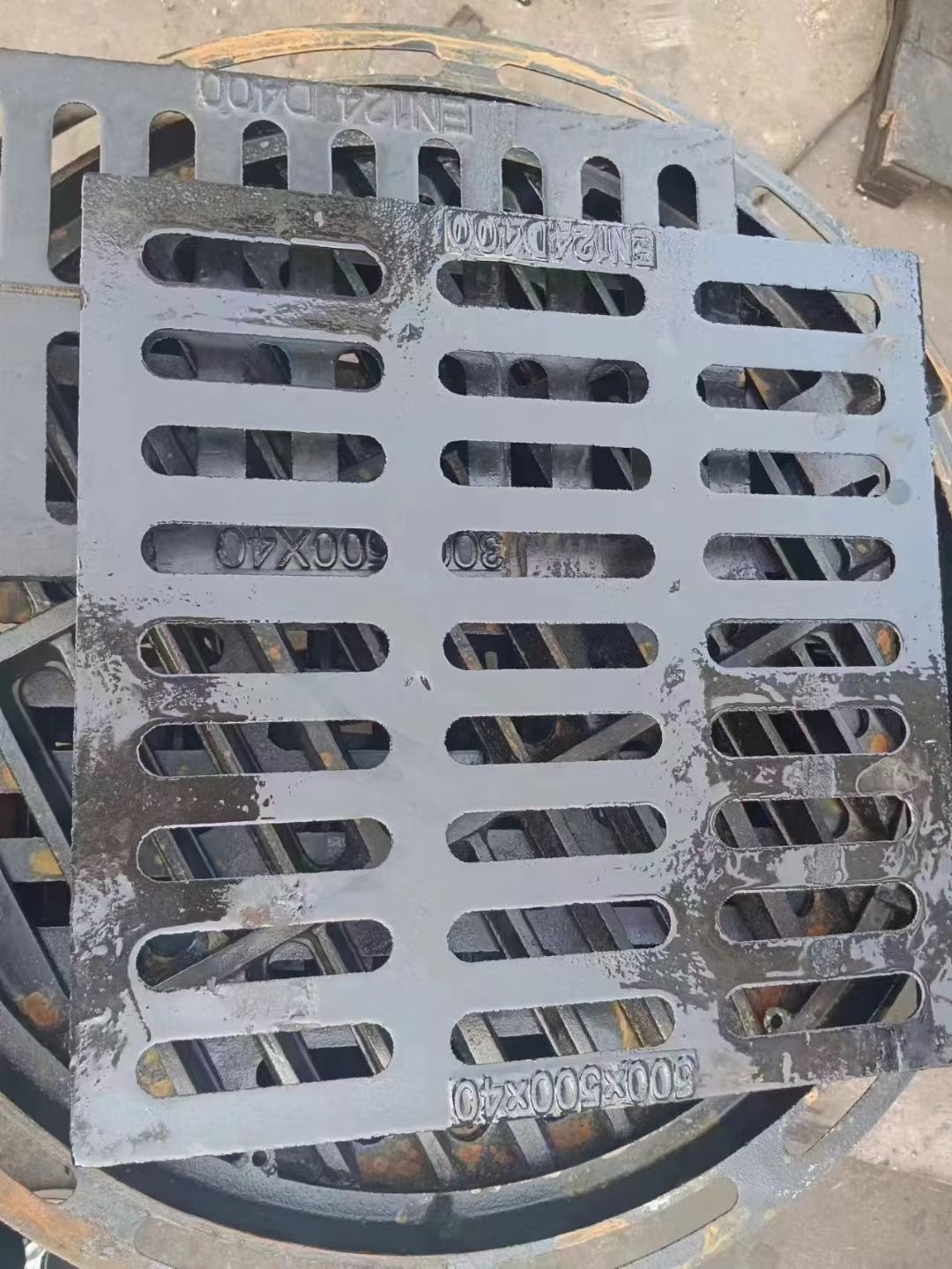- Afrikaans
- Albanian
- Amharic
- Arabic
- Armenian
- Azerbaijani
- Basque
- Belarusian
- Bengali
- Bosnian
- Bulgarian
- Catalan
- Cebuano
- China
- China (Taiwan)
- Corsican
- Croatian
- Czech
- Danish
- Dutch
- English
- Esperanto
- Estonian
- Finnish
- French
- Frisian
- Galician
- Georgian
- German
- Greek
- Gujarati
- Haitian Creole
- hausa
- hawaiian
- Hebrew
- Hindi
- Miao
- Hungarian
- Icelandic
- igbo
- Indonesian
- irish
- Italian
- Japanese
- Javanese
- Kannada
- kazakh
- Khmer
- Rwandese
- Korean
- Kurdish
- Kyrgyz
- Lao
- Latin
- Latvian
- Lithuanian
- Luxembourgish
- Macedonian
- Malgashi
- Malay
- Malayalam
- Maltese
- Maori
- Marathi
- Mongolian
- Myanmar
- Nepali
- Norwegian
- Norwegian
- Occitan
- Pashto
- Persian
- Polish
- Portuguese
- Punjabi
- Romanian
- Russian
- Samoan
- Scottish Gaelic
- Serbian
- Sesotho
- Shona
- Sindhi
- Sinhala
- Slovak
- Slovenian
- Somali
- Spanish
- Sundanese
- Swahili
- Swedish
- Tagalog
- Tajik
- Tamil
- Tatar
- Telugu
- Thai
- Turkish
- Turkmen
- Ukrainian
- Urdu
- Uighur
- Uzbek
- Vietnamese
- Welsh
- Bantu
- Yiddish
- Yoruba
- Zulu
דצמ . 20, 2024 10:02 Back to list
Enhanced Performance of Energy Efficient Heat Exchangers in Modern Applications
Energy Efficient Heat Exchangers Revolutionizing Thermal Management
In an era where sustainability is paramount, energy-efficient technologies are taking center stage across various industries. Among these technologies, heat exchangers play a pivotal role. These devices facilitate the transfer of heat between two or more fluids without mixing them. By optimizing the thermal management processes, energy-efficient heat exchangers not only enhance system performance but also significantly reduce energy consumption and associated costs.
Understanding Heat Exchangers
Heat exchangers are critical components in various applications, including HVAC systems, power plants, food processing, and chemical manufacturing. They can be categorized into several types, such as shell-and-tube, plate, air-cooled, and double-pipe heat exchangers. Each type has its unique design and application, but their fundamental purpose remains consistent maximizing heat transfer efficiency.
The Importance of Energy Efficiency
Energy efficiency is crucial for reducing greenhouse gas emissions and minimizing operational costs. According to the U.S. Department of Energy, heat exchange processes account for a substantial portion of industrial energy use. Thus, improving the efficiency of heat exchangers can lead to significant energy savings, lower carbon footprints, and enhanced productivity.
Innovations in Heat Exchanger Design
Recent innovations in heat exchanger design have contributed to energy efficiency. One significant advancement is the development of compact heat exchangers, which use a smaller footprint with enhanced performance. These systems often feature improved surface area design, increased flow turbulence, and optimized material choices, allowing for greater heat transfer rates and reduced pressure drops.
Furthermore, the incorporation of technologies such as finned surfaces, which increase the area for heat transfer without significantly increasing size, has emerged as a game-changer. Finned heat exchangers can effectively boost the efficiency of air-to-water or fluid-to-fluid heat transfer processes. Additionally, the integration of phase change materials (PCMs) can enhance heat storage capabilities, allowing for more efficient thermal management, especially in renewable energy applications, such as solar heating systems.
energy efficient heat exchanger

Energy-Efficient Heat Exchangers in Practice
Energy-efficient heat exchangers have found considerable application across various sectors. In the HVAC industry, for instance, air conditioning systems equipped with high-efficiency heat exchangers can significantly reduce energy consumption. By maximizing heat recovery from exhaust air and minimizing the load on compressors, these systems contribute to overall energy savings while ensuring optimal indoor climate control.
In the chemical industry, the use of efficient heat exchangers can reduce energy costs associated with heating or cooling reactive processes. In these settings, selective heat integration strategies can lead to remarkable energy savings while maintaining product quality and safety.
Challenges and Future Directions
While advancements in heat exchanger technology have led to improved energy efficiency, challenges remain. High initial investment costs, maintenance requirements, and potential design complexities can deter some businesses from adopting efficient designs. To address these issues, ongoing research and development are necessary to identify cost-effective materials and construct designs that accommodate various operational environments.
Moreover, governments and regulatory bodies can play a crucial role by implementing energy efficiency standards and incentivizing the adoption of advanced technologies. By promoting research on energy-efficient heat exchangers, countries can drive innovation and encourage industries to shift towards more sustainable practices.
Conclusion
Energy-efficient heat exchangers are at the forefront of modern thermal management solutions. They not only offer substantial benefits in terms of energy savings and cost reductions but also contribute positively to environmental sustainability. As technology continues to advance, the potential for these systems to revolutionize energy consumption across industries will only grow. Industries that embrace these innovations will not only improve operational efficiency but also position themselves as leaders in the transition towards a sustainable future. The ongoing journey toward energy efficiency through advanced heat exchanger designs is a vital step toward creating a cleaner and more sustainable planet.
-
8mm Thin-Walled Cast Steel Manhole Cover Pallet Bottom Ring | Durable
NewsAug.04,2025
-
Premium Cast Iron Water Main Pipe: Durable, Corrosion-Resistant
NewsAug.03,2025
-
Durable Cast Iron Water Mains | AI-Optimized Systems
NewsAug.02,2025
-
High-Efficiency Propane Boiler for Baseboard Heat | Save Energy
NewsAug.01,2025
-
Premium Source Suppliers for Various Gray Iron Castings
NewsJul.31,2025
-
Durable Cast Iron Water Main Pipes | Long-Lasting
NewsJul.31,2025


